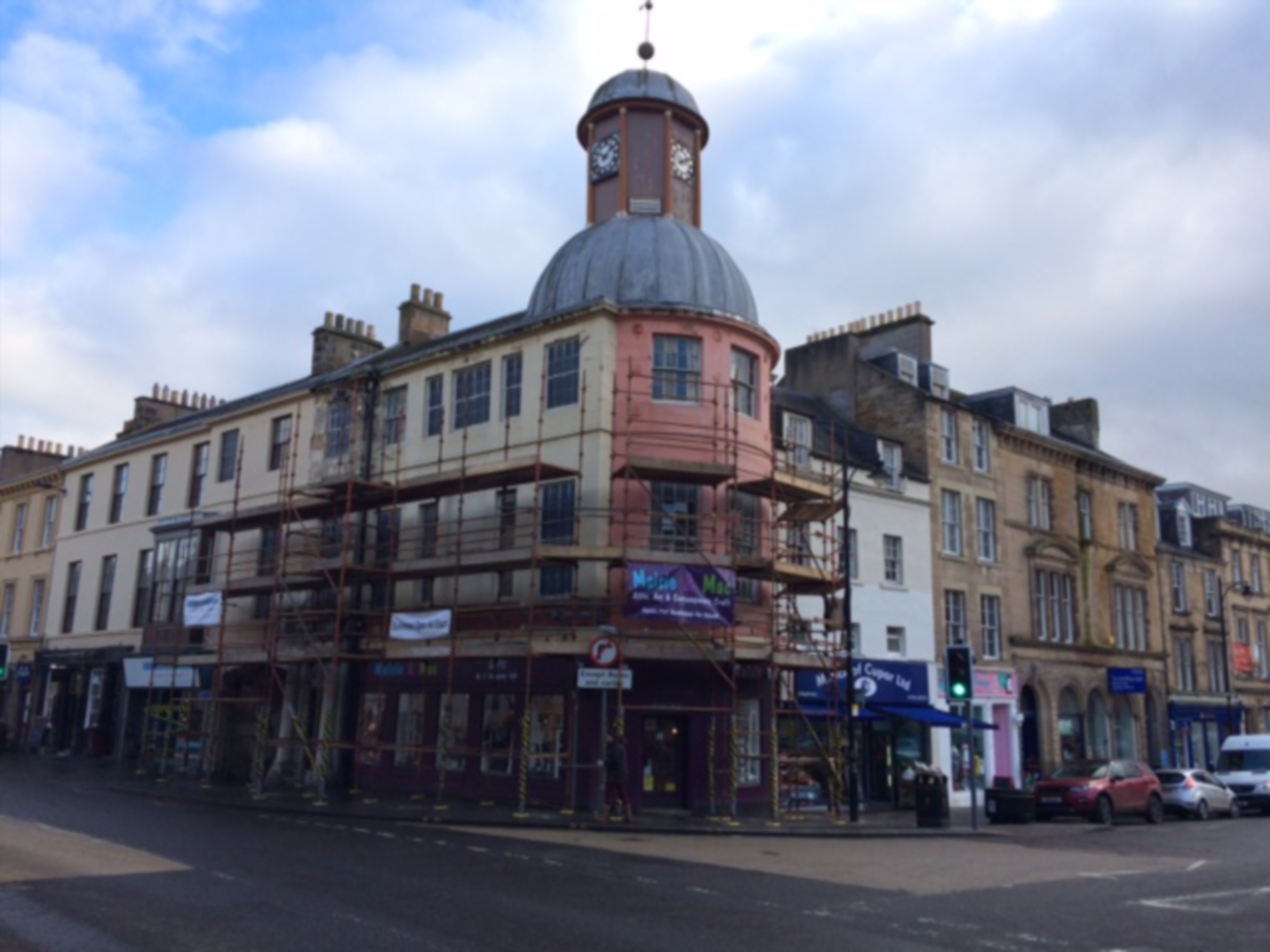Academics in Fife are to compile a comprehensive six-century town history of the Royal Burgh of Cupar for the first time.
The University of St Andrews has been awarded a £34,289 grant under a new scheme to make historical administration records more accessible.
Public records for Cupar from 1364 to 1975 will be catalogued for the first time, including minutes of town council meetings, registers of property leases and Dean of Guild court records.
The archive will also document financial and secretarial records of town officials, including the Common Good Fund.
The records also include information on public utilities, such as sewage and water works, street lighting, licensing for public houses, and guild records for trade guilds, such as the weavers and shoemakers.
One of the six medieval royal burghs of Fife, Cupar was the county town until 1975 and the home of the Sheriff Court of Fife from 1213 to 2014.
The new project will compile records of cases that came before the burgh court.
Town records are currently held by the Special Collections Division of the University of St Andrews Library under the superintendence of the Keeper of the Records of Scotland.
The planned work has been made possible by a grant from the Archives Revealed scheme, which is supported by The National Archives, The Pilgrim Trust, the Wolfson Foundation and the Foyle Foundation.
The project will work with community and special interest groups in support of initiatives to revive civic pride in Cupar’s history and help with plans for regeneration of the town centre.
The archive will also be assessed for conservation needs and preventive preservation measures highlighted and put in place.
John MacColl, University Librarian and Director of Library Services at the University, said: “The project will allow us to fulfil a long-held wish to make available for research the records of this important market town just a few miles from St Andrews.
“We await with anticipation what evidence of turbulence, hardship and prosperity might be revealed by the records of this bustling little town, set in the rich farmland of North East Fife.”










